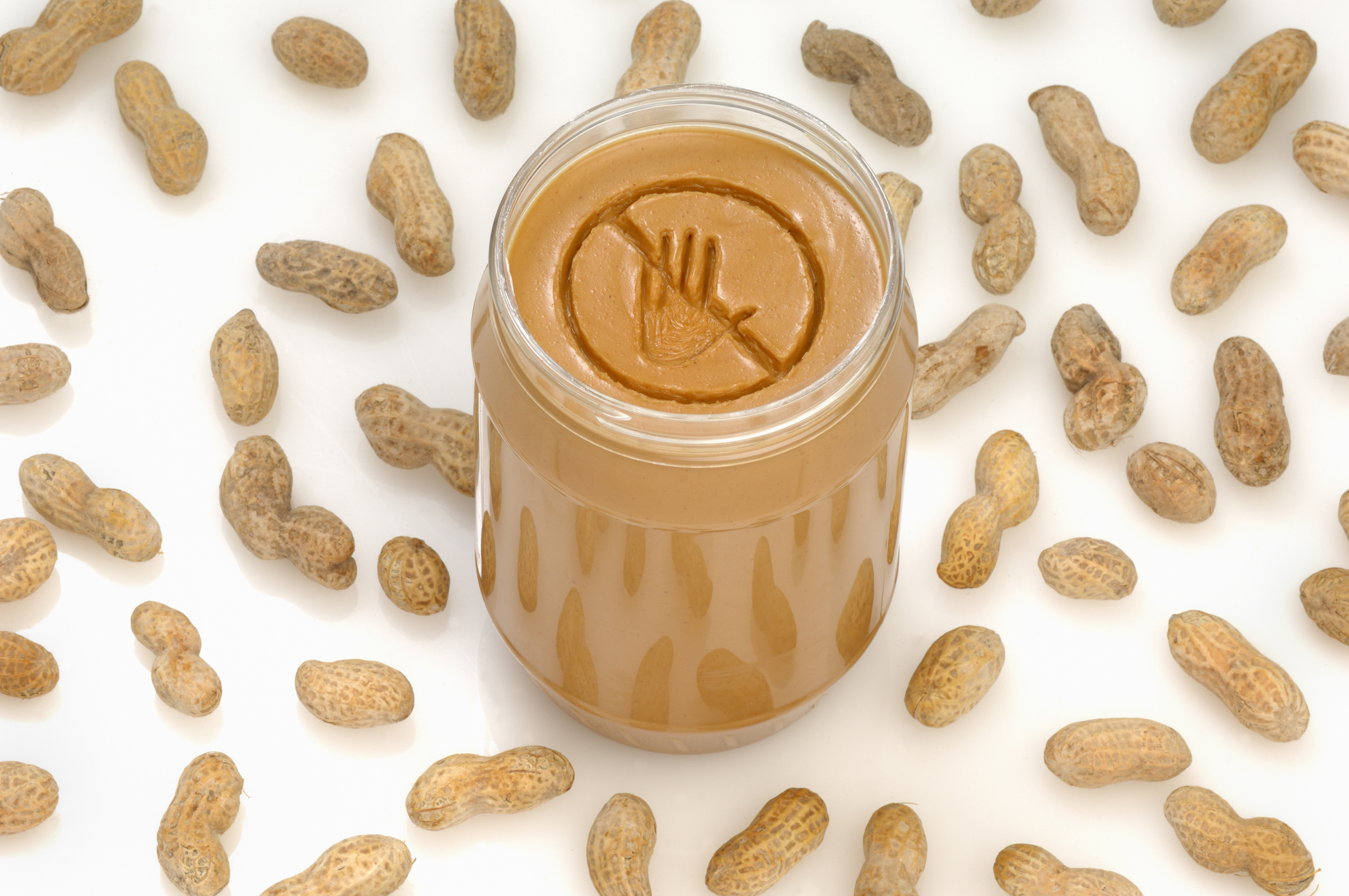
Food allergies affect approximately 4 to 6 percent of children and 4 percent of adults in the United States. While the percentages may seem small, chances are you or someone you know lives with a food allergy.
In recent years, food allergies have made headlines more frequently—and for good reason. If you’re a parent or caregiver, it’s important to know how to identify, manage, and protect children from potentially serious reactions. Here’s what you need to know.
What Are Food Allergies?
“Food allergies occur when the body mistakenly identifies a certain food as harmful,” explains Michael Abdelmisseh, MD, pediatrician with West Tennessee Medical Group Primary Care & Pediatrics in Dyersburg. “The immune system overreacts, triggering symptoms that can range from mild to life-threatening.”
This immune response causes what we recognize as an allergic reaction, which can include skin, respiratory, gastrointestinal, or cardiovascular symptoms. In severe cases, the reaction is called anaphylaxis, a medical emergency.

Fast Facts About Food Allergies
Here are a few key things to know:
- Nine foods cause the majority of allergic reactions: Milk, eggs, fish, peanuts, shellfish, soy, tree nuts, wheat, and sesame.
- Sesame was added to the list in 2021: Often found in foods labeled with “tahini,” sesame is now required to be listed on food labels as of January 1, 2023.
- Common allergens differ by age: Children are more commonly allergic to eggs, milk, soy, wheat, and peanuts. Adults more frequently react to shellfish, tree nuts, fish, and peanuts.
- Food allergies can develop at any age: While most begin in early childhood, new allergies can appear later in life. Some may also fade over time.
- Symptoms can vary widely: Reactions may include hives, vomiting, stomach pain, difficulty breathing, tongue swelling, a weak pulse, dizziness, and more.
- Reactions usually occur within 2 hours of exposure: Though rare, some may happen up to 6 hours later.
Protecting Your Child From Food Allergies
If your child experiences any symptoms of a food allergy—especially shortly after eating—it’s important to talk with their pediatrician. Seek emergency care immediately if symptoms are severe, such as swelling of the throat or difficulty breathing.
Your provider may recommend an allergy test, typically a skin-prick test, which shows results in about 20 minutes. A small amount of a potential allergen is placed on the skin to check for a reaction.
If a food allergy is diagnosed:
- Work with your child’s provider to develop a management plan.
- Always read food packaging labels thoroughly.
- Ask detailed questions when dining out.
- Watch for possible cross-contamination with allergen-containing foods.
Most children with food allergies are prescribed an epinephrine auto-injector (like an EpiPen). Ensure that family, caregivers, teachers, and your child (when age appropriate) know how and when to use it.
Partnering with Your Pediatrician
Managing food allergies takes a team effort—and your pediatrician is an essential part of that team. West Tennessee Medical Group Primary Care & Pediatrics specializes in compassionate, expert pediatric care. Looking for a new pediatric provider? Schedule an appointment with Dr. Michael Abdelmisseh or another trusted member of our team today.
Updated: July 16, 2025

